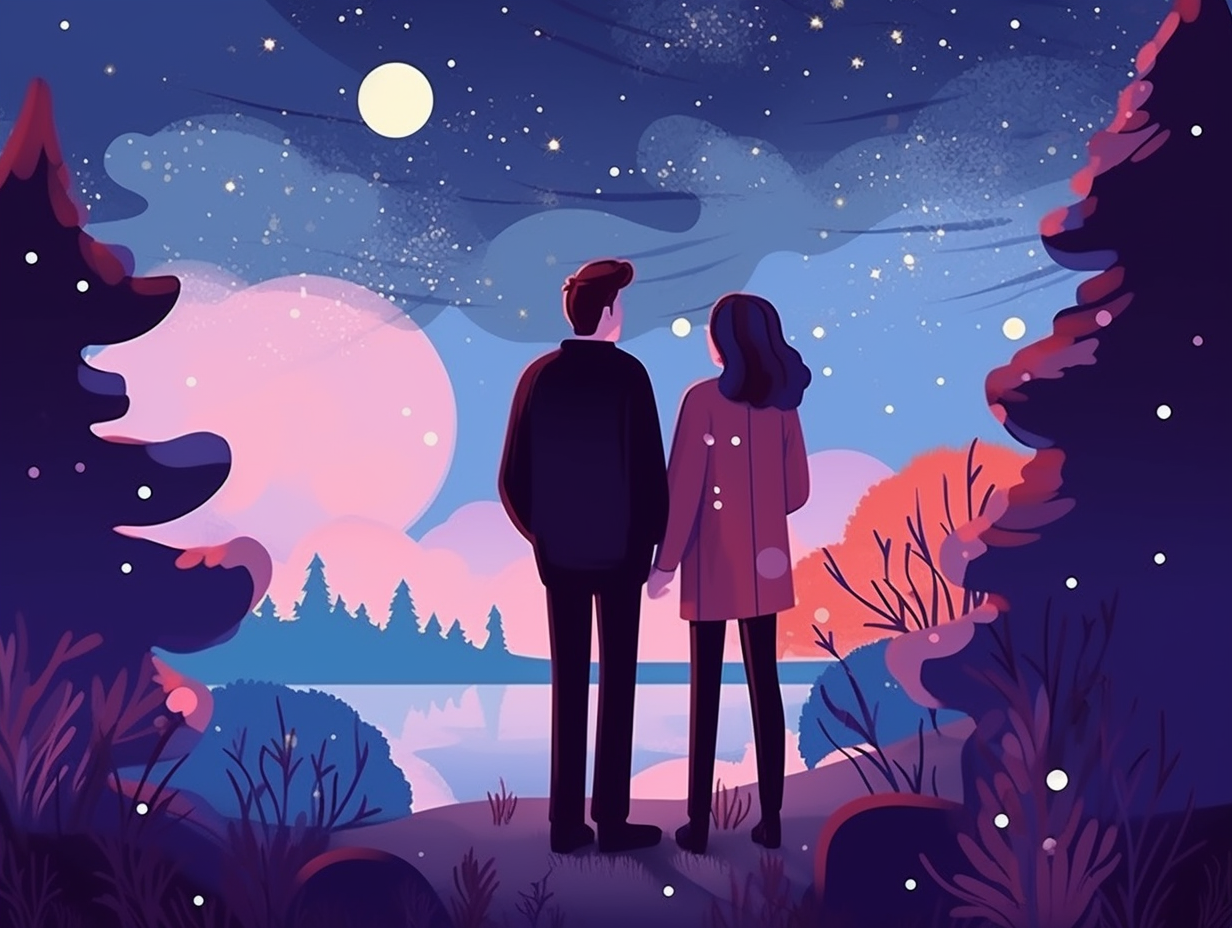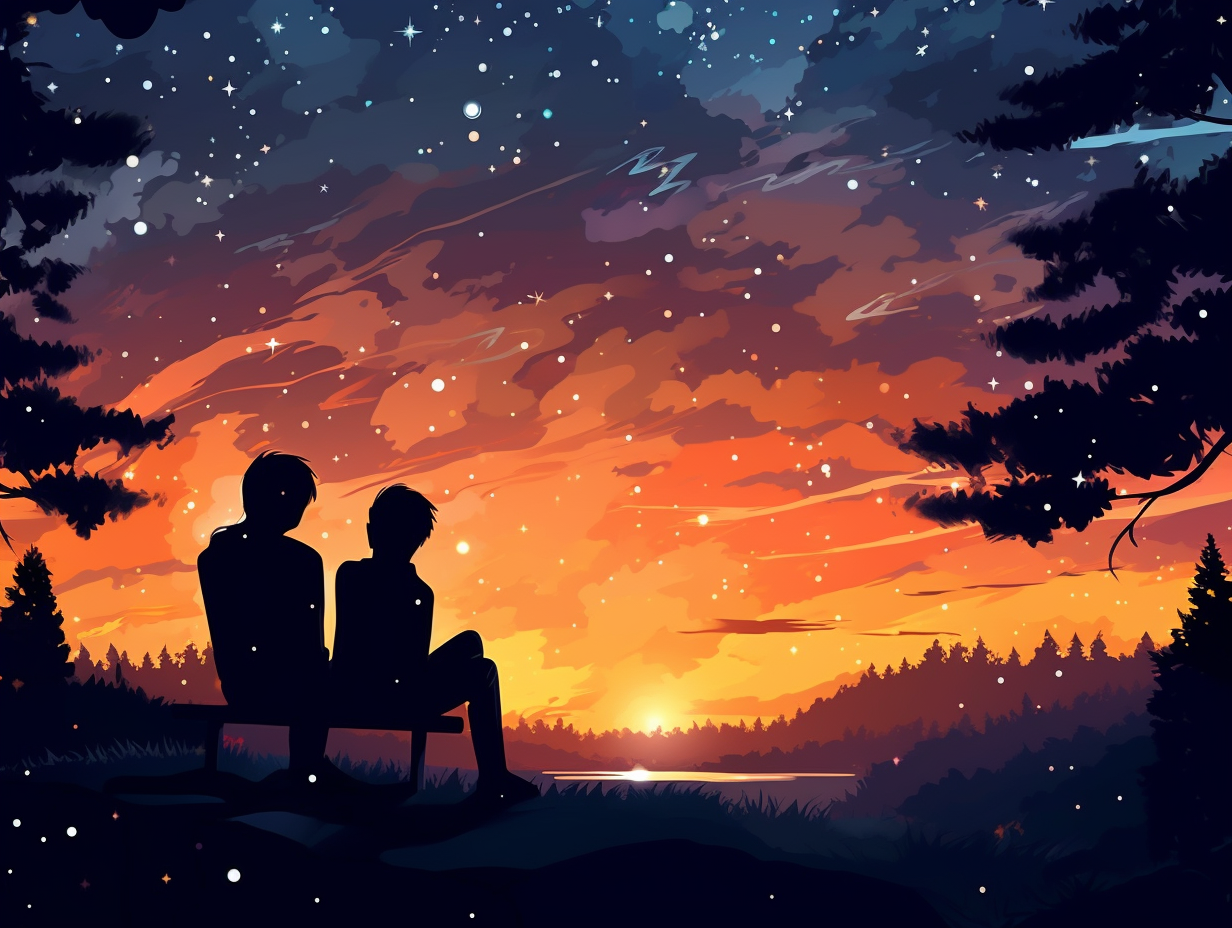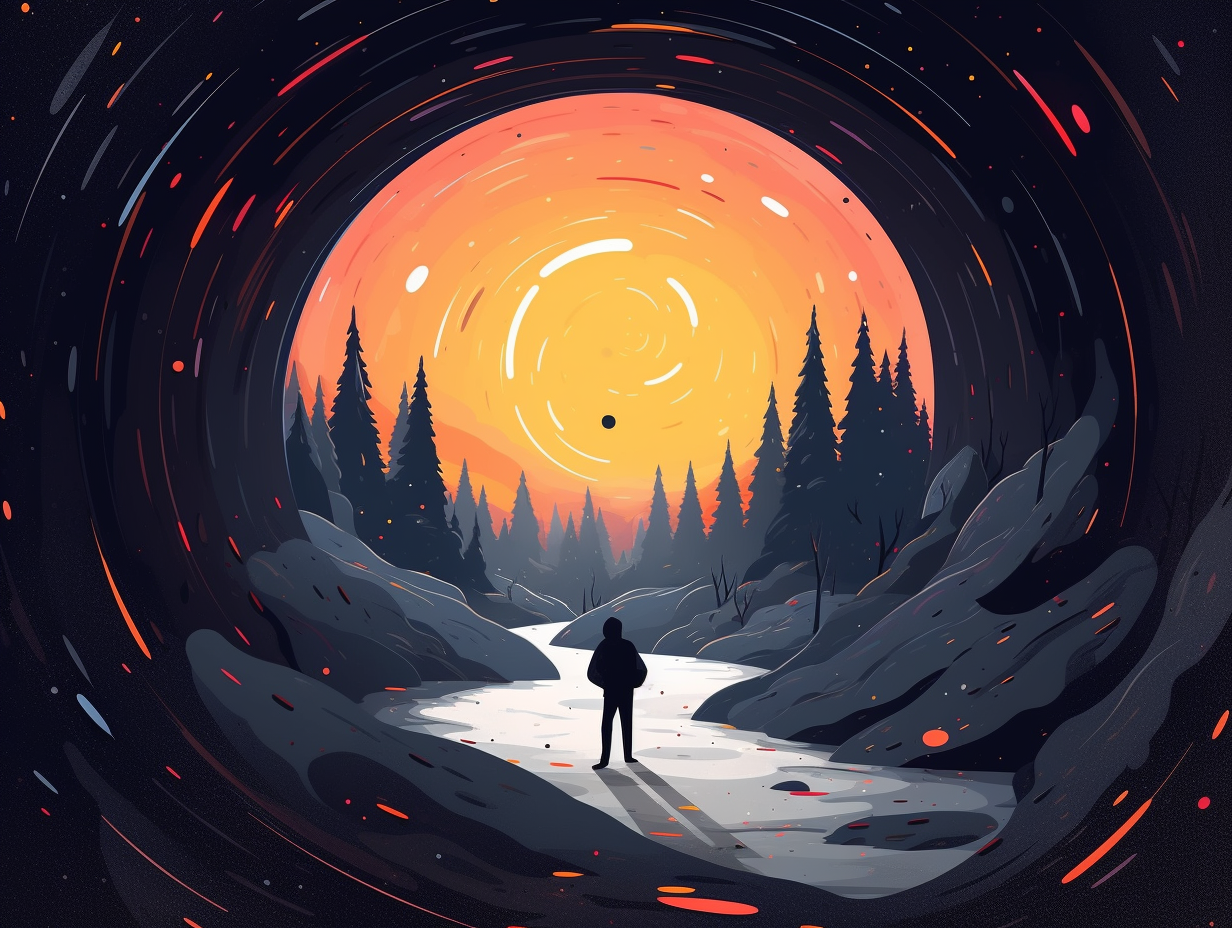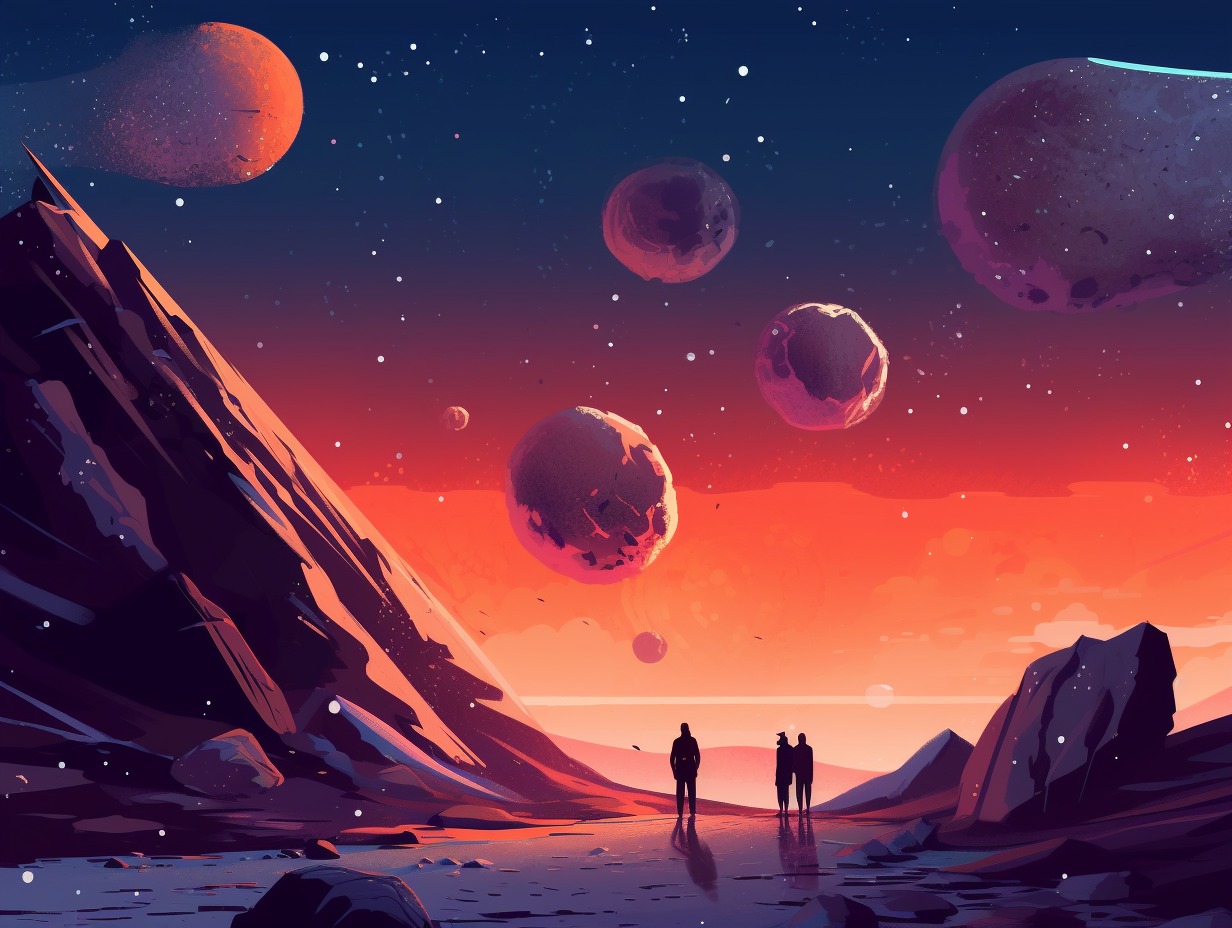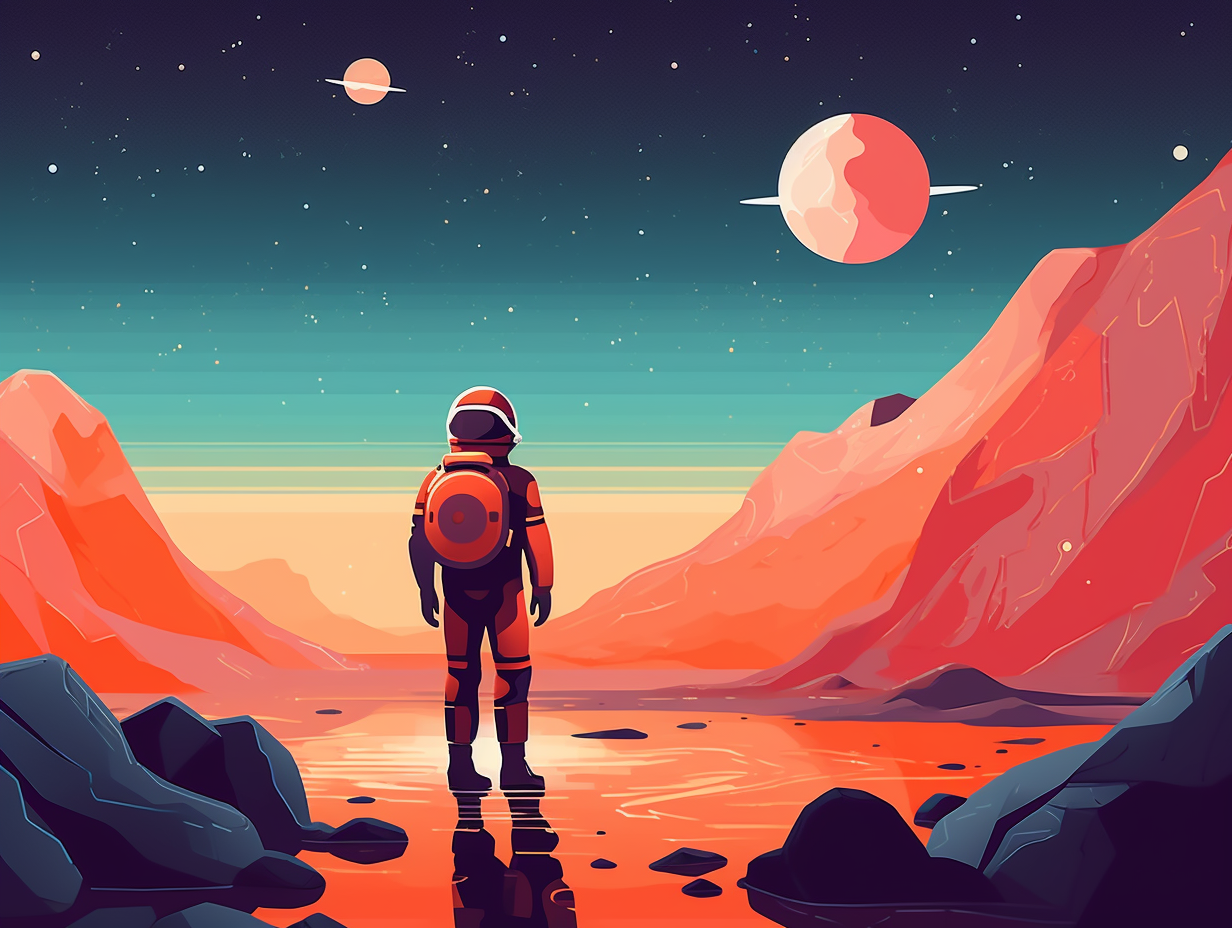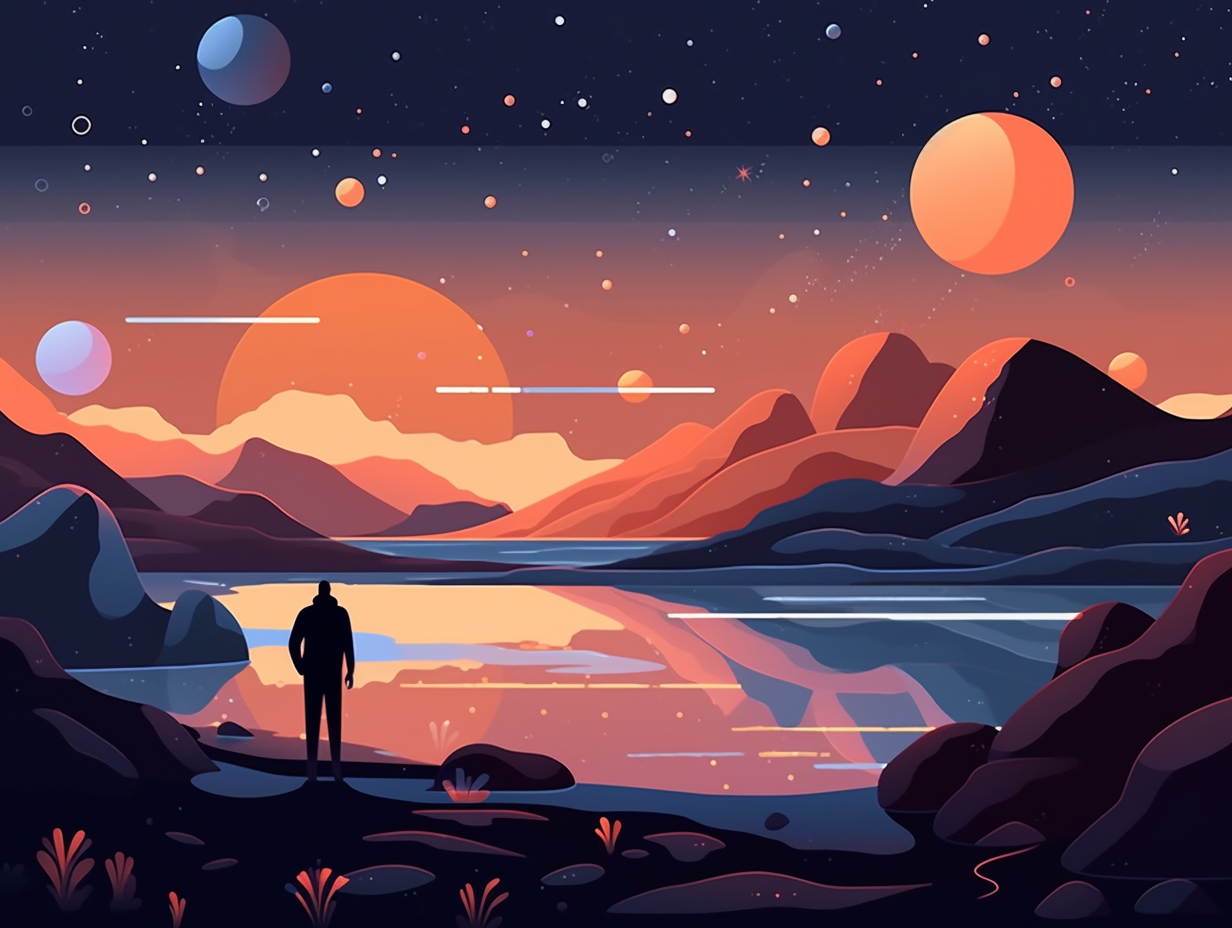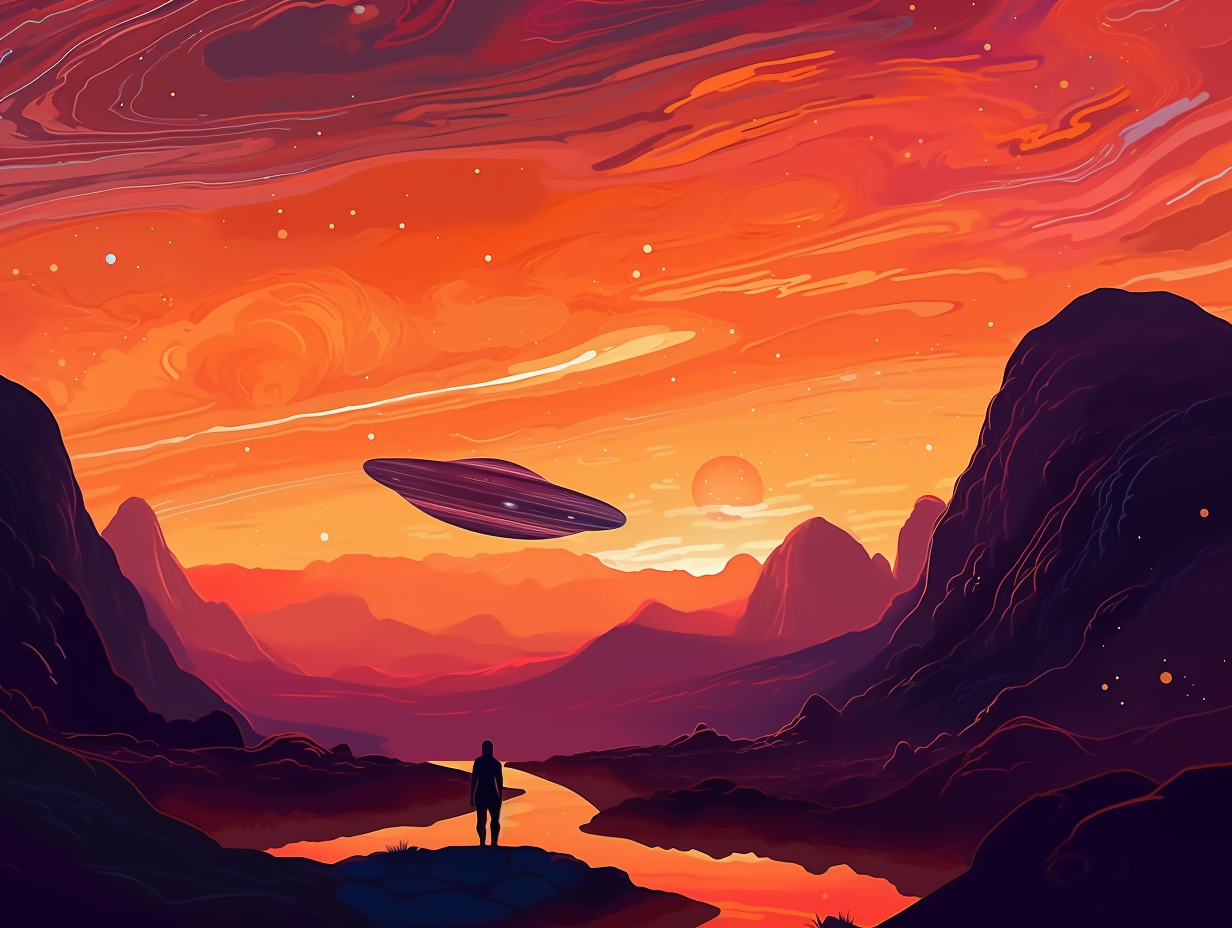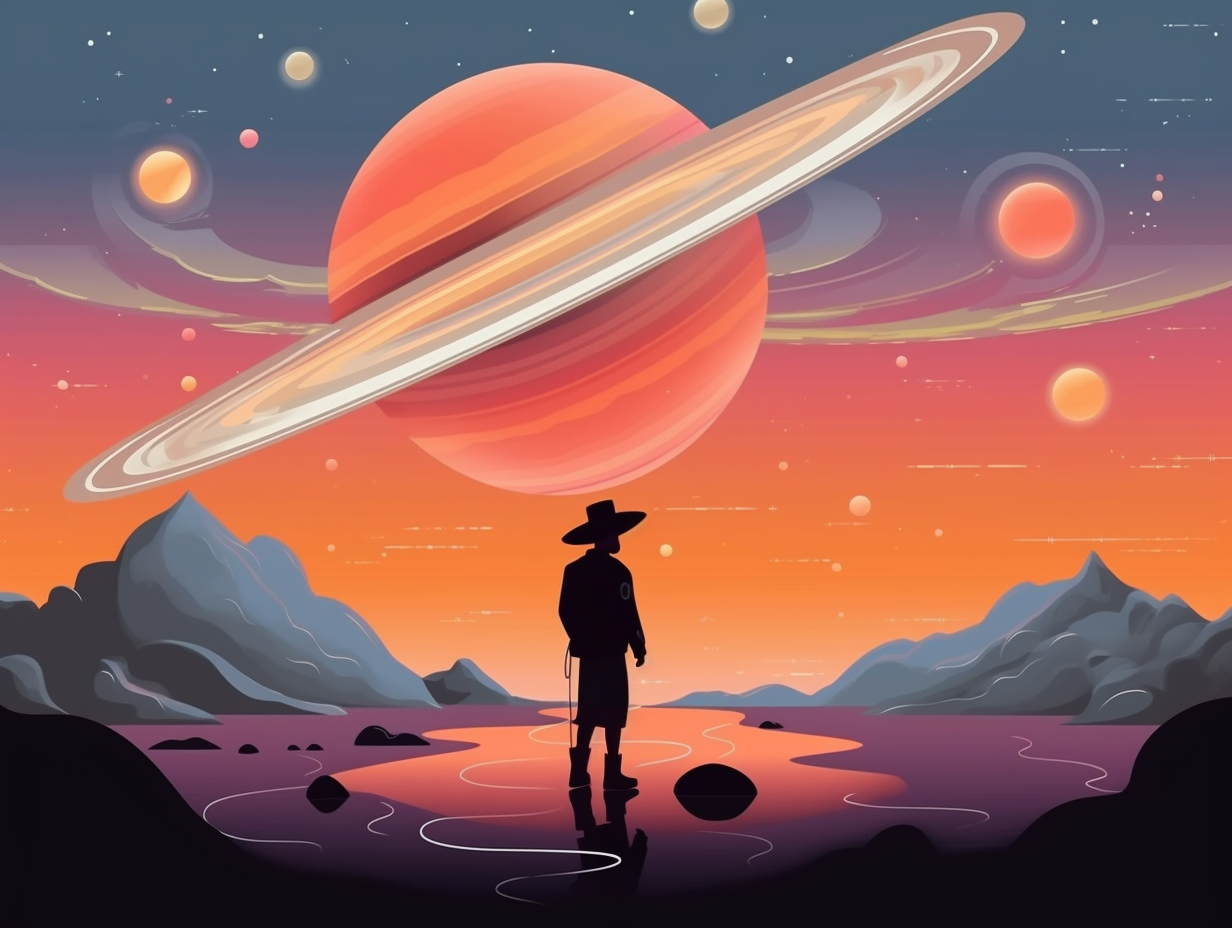11 Amazing Fun Facts About NASA: Discover the Incredible World of Space Exploration!
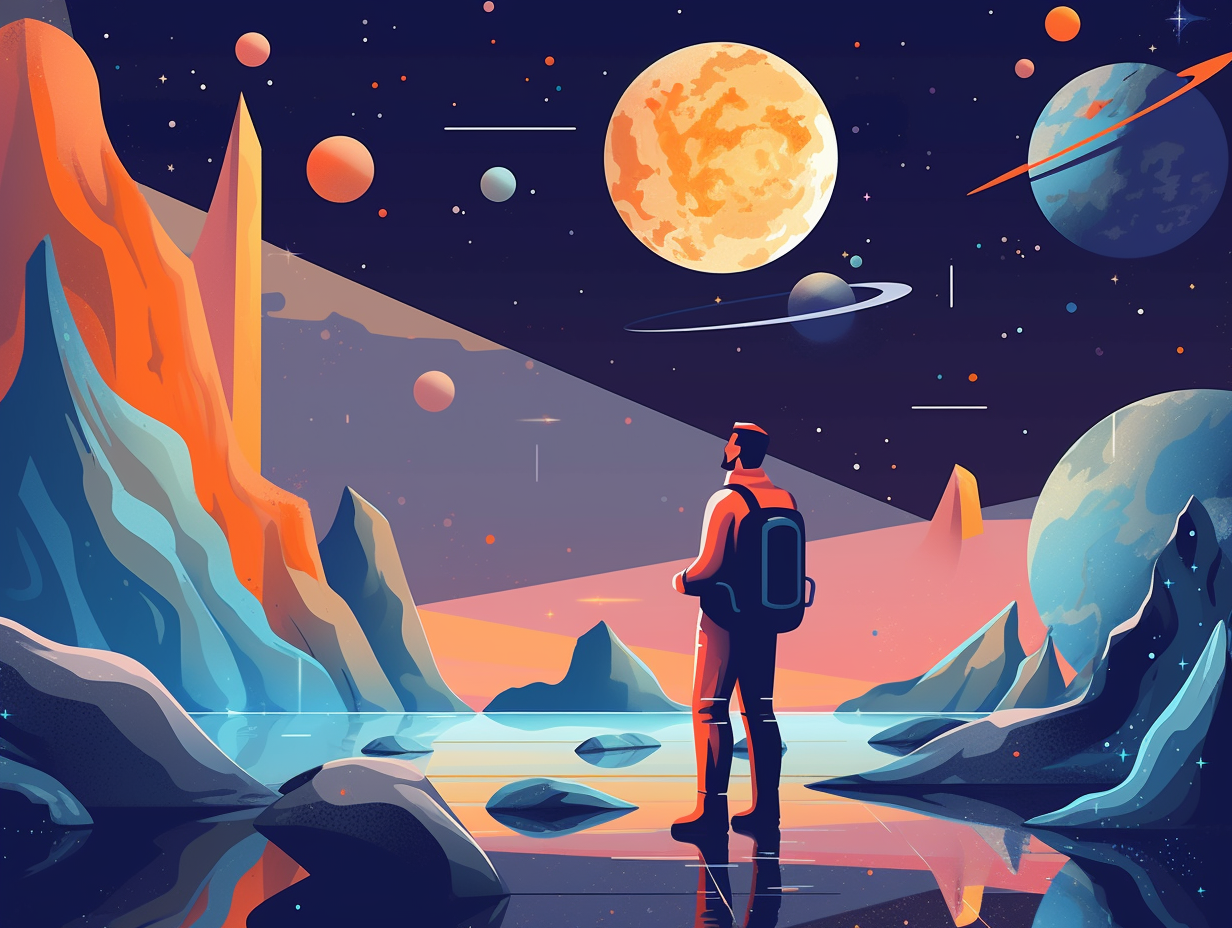
1. Astronaut Sandwich Smuggler
In a gravity-defying act of sandwich smuggling that left breadcrumbs as evidence, one astronaut proved that man cannot live on space food alone: John Young, ever the space renegade, sneaked a corned beef sandwich onboard his Gemini mission with Gus Grissom, only for them to discover that rye and zero-gravity don't mix well, leading to floating crumbs, a stern talking-to by NASA, and the creation of new protocols to prevent future lunch-related infractions.
Source => airandspace.si.edu
2. Canadarm2's Tiny Puncture
Houston, we have a puncture: NASA recently discovered a small hole in the 60-foot-long robotic arm, Canadarm2, on the International Space Station, caused by whizzing space debris traveling at an astonishing 15,700 miles per hour, reminding us that outer space can be a bit of a cosmic shooting gallery for both spacecraft and astronauts.
Source => cbsnews.com

Did you know that bread crumbs are a major threat in space? Discover how tortillas save the day on the ISS and learn about astronauts' unique taste bud adventures!
=> Fun Facts about Space
3. Multi-Directional Rocket Launches
It turns out NASA's rocket launches aren't strictly "eastward bound" like a wannabe superhero in a comic book universe: In reality, their rockets can be launched towards the east, west, vertically, or even horizontally, depending on factors like mission objectives, payload, and launch site location, to achieve the optimal orbit inclination and altitude.
Source => physics.stackexchange.com
4. Astronauts' Urine Cocktail
Who said astronauts can't be wine connoisseurs? They just prefer their own special vintage – a little blend of sweat, breath, and a splash of urine: NASA astronauts on the International Space Station drink recycled urine and condensate, filtered and purified to a level that outclasses most Earthbound water sources. Interestingly, Russian astronauts use a different filtering system based on silver instead of iodine, creating separate redundancies that ensure hydration, safety, and arguably, diverse palates for all!
Source => theguardian.com

5. Breathing on Mars
Whoever said "the air is free" never tried to breathe on Mars! Luckily, NASA has figured out a solution worthy of an interplanetary MacGyver: The Mars Oxygen In-Situ Resource Utilization Experiment (MOXIE) has successfully extracted oxygen from the Martian atmosphere, a first in converting an alien planet's resources for human use.
Source => en.wikipedia.org
6. Moonwalking Astronauts
Talk about "mooning" the world: 12 astronauts have walked on the Moon during NASA's 6 Apollo missions between 1969 and 1972, with Eugene Cernan and Harrison Schmitt spending around 22 hours on the lunar surface as part of the final Apollo 17 mission.
Source => rmg.co.uk
7. Moondust Bricks
Lunar Looney Tunes: NASA's got a new construction crew, and they're making bricks from moondust and saltwater! Turns out, 3D printing and binder jet technology are helping a team at the University of Central Florida create bricks out of lunar regolith that can withstand extreme pressure on the moon's surface. This innovative approach could drastically cut the cost of building structures on the moon by using materials found right on its doorstep, instead of shipping them in from our little blue planet.
Source => popsci.com
8. Black Holes' Open Mic Night
In a galaxy far, far away, black holes are hosting the universe's quietest open mic night: In 2003, NASA's Chandra X-ray Observatory recorded a sound from the Perseus galaxy over 250 million light years away, proving that sound can exist in specific pockets of space within dense clusters of gas and dust, despite space being mostly a vacuum where sound cannot travel.
Source => thefactsite.com
9. Hubble's Cosmic Family Photo
Talk about taking the ultimate family photo: NASA's Hubble Space Telescope snapped a stunning picture called the Hubble Ultra Deep Field, revealing nearly 10,000 galaxies of different ages, sizes, shapes, and colors, with some of the smallest and reddest being among the most distant known, existing when the universe was just 800 million years old; this breathtaking image took 800 exposures over 400 Hubble orbits around Earth and 11.3 days of total exposure time between Sept. 24, 2003, and Jan. 16, 2004, giving us an extraordinary glimpse into our cosmic ancestry.
Source => esahubble.org
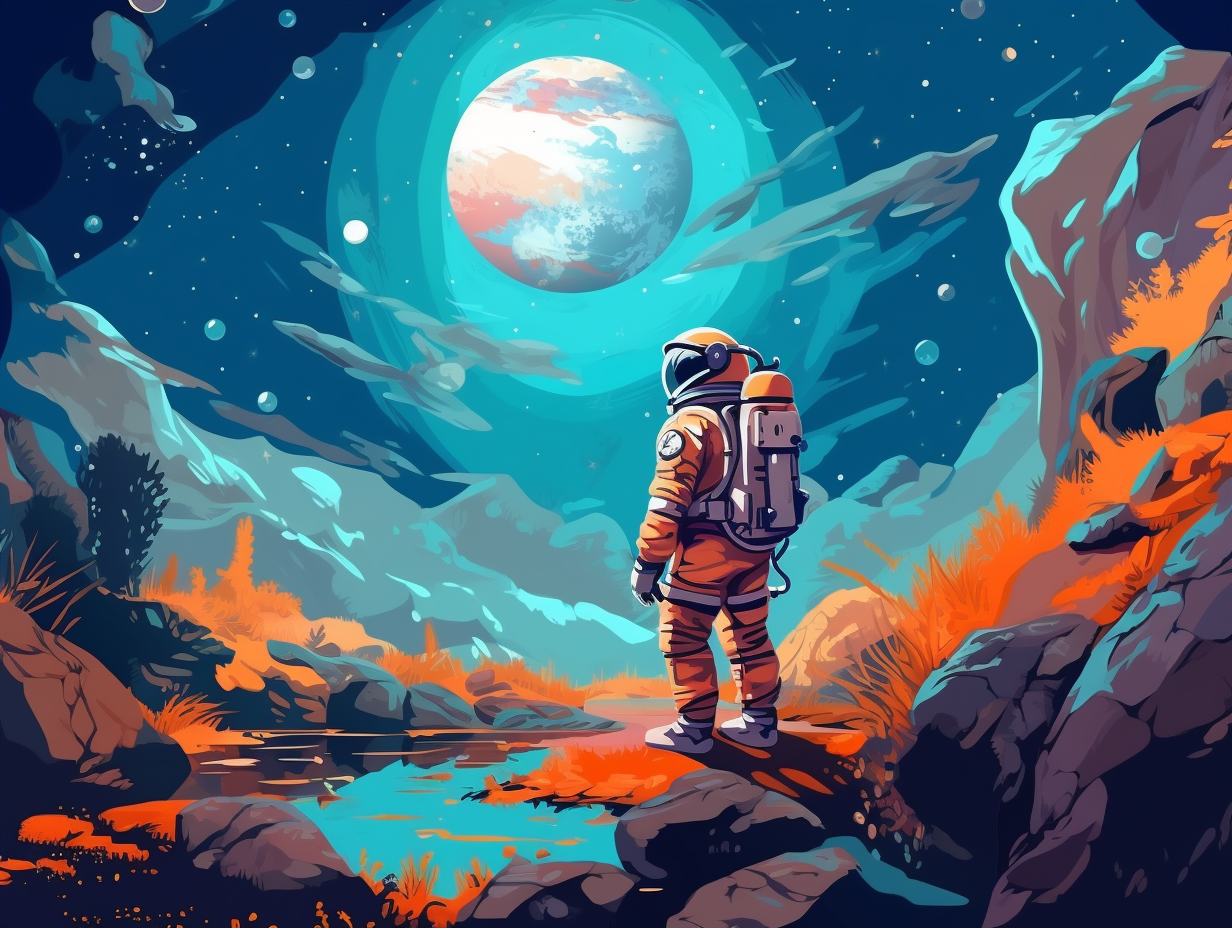
10. Voyager 1's Thruster Revival
Talk about a blast from the past: In November 2017, NASA engineers successfully fired up Voyager 1's trajectory correction maneuver (TCM) thrusters for the first time in 37 years, potentially extending its mission by two to three years while keeping its communication dish Earth-facing as other thrusters degrade.
Source => kqed.org
11. Cosmic Pak Choi Dinner
Move over, Iron Chef: the space station is dishing up some far-out gourmet greens! Astronauts recently feasted on a cosmic crop of pak choi, seasoned with a zesty garlic paste and soy sauce marinade: This appetizing bite was part of NASA's Veg-03K and VEG-03L experiments, which successfully produced "Amara" mustard and "extra dwarf" pak choi for 64 days - the longest leafy green growth in the cosmos - introducing a sustainable chow option for future extended space voyages, like a Martian getaway.
Source => businessinsider.com
Related Fun Facts

